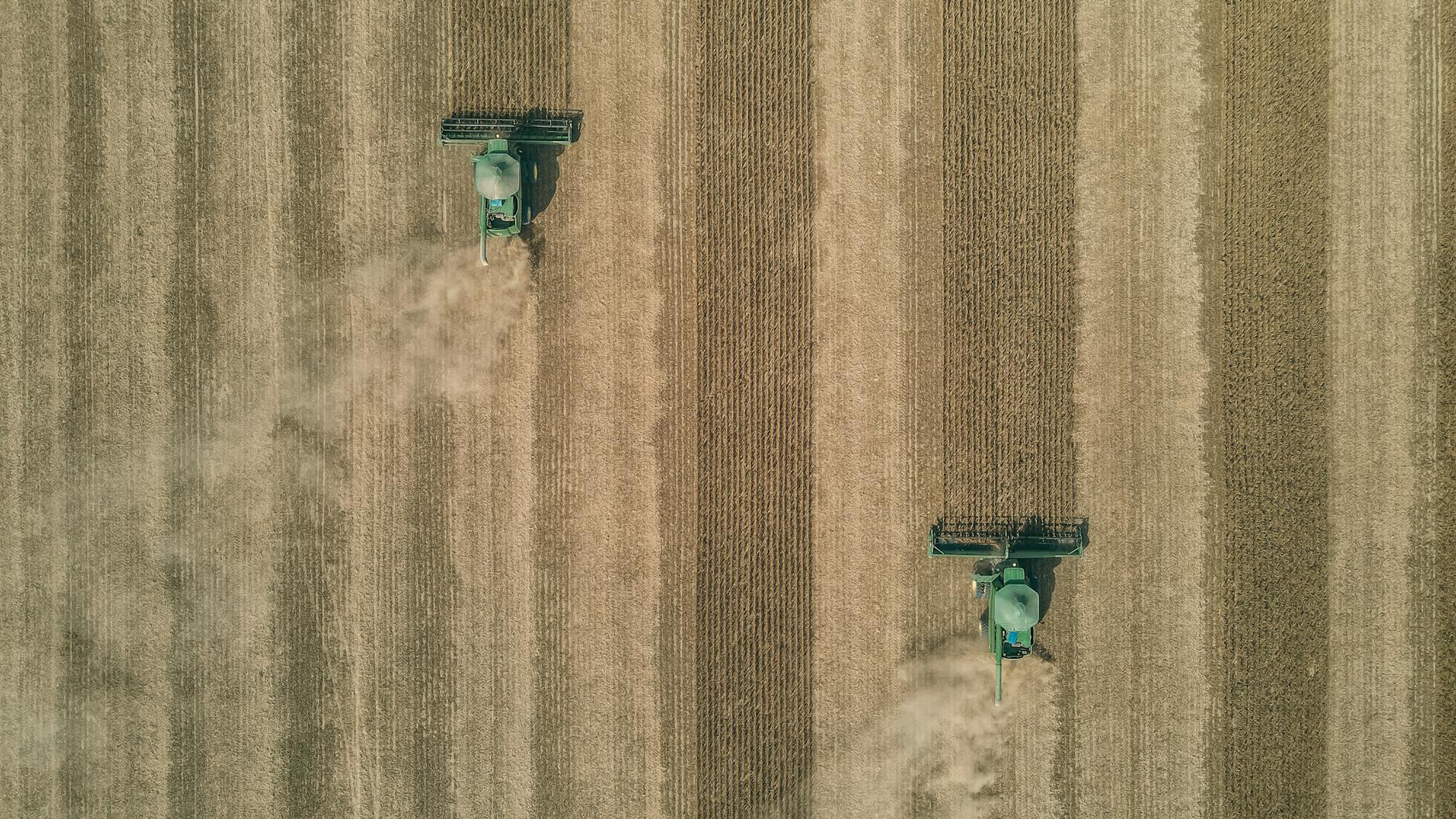In a fascinating disclosure that shatters conventional perceptions, a prominent financial leader, known for his vast wealth and strategic acumen, has revealed a surprisingly personal connection to the pulse of American agriculture. This individual, whose extensive portfolio includes substantial farmland, articulated a unique perspective on global economic friction, stating he has directly experienced ‘pain’ stemming from international trade dynamics due to his significant investments in the agricultural sector, particularly in soybean and corn cultivation.
Beyond Wall Street: A Financial Titan’s Deep Roots in Farmland
While widely recognized for navigating the complex world of finance and accumulating a fortune reportedly in the nine-figure range, this influential figure holds a less-publicized but equally significant stake in the nation’s heartland. His diverse assets notably include sprawling tracts of prime agricultural land in key farming regions, such as North Dakota. These extensive holdings are primarily dedicated to cultivating vital crops like soybeans and corn, firmly placing him among the significant landowners in American agriculture.
Feeling the Harvest’s Weight: How Global Tensions Impact Personal Fortunes
The declaration of feeling ‘pain’ from geopolitical tensions, specifically concerning trade relations with major economic powers, offers an illuminating glimpse into the direct, tangible effects of macroeconomics on individual financial well-being. For someone deeply invested in the produce of American soil, fluctuations in international demand and commodity prices, particularly for exports like soybeans, translate directly into economic realities on his own farms. This unique vantage point underscores how even individuals at the pinnacle of financial power can experience the ripple effects of global trade disputes, grounding abstract policy discussions in concrete, personal impact.
This candid disclosure offers invaluable insight into how top financial strategists, through personal agricultural investments, can gain a direct, on-the-ground understanding of global trade’s intricate dynamics. It highlights the profound interconnectedness of high finance, national policy, and the livelihoods dependent on the cycles of planting and harvest, providing a compelling narrative that bridges the gap between boardroom decisions and the realities of the farm.

Leave a Reply